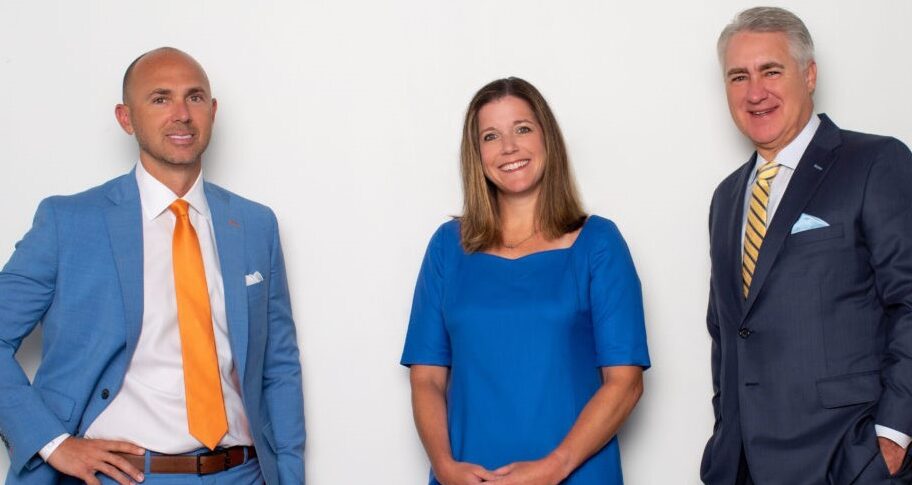What Are Damages?
What Are Damages?
Whether it be the result of a car accident or slip and fall, in every personal injury case there are generally two things that the victim must prove-liability and damages. Liability means fault, so the first thing the victim must prove is that the other person or company was at fault for the accident. If the victim can prove that the other party was at fault, then the victim must prove their damages.
As a car accident lawyer trusts can explain, damages are generally broken down into two different areas – economic damages and noneconomic damages. Economic damages are things such as past and future medical, nursing, rehabilitation and supportive care expenses. For example, if someone is injured and can no longer clean their house or maintain their yard, not only are their ongoing medical expenses an economic damage they can recover for, but the cost to have someone take care of their house and yard is also considered to be an economic loss for which they can seek recovery in their personal injury case. If the victim’s injury is significant enough to affect their ability to work, then any lost earnings or loss of earning capacity is also considered to be an economic damage that can be recovered in a personal injury case. Reports or testimony from medical experts are necessary to establish the limitations an injury will likely have on the victim’s ability to work and sometimes a vocational rehabilitation expert will also be hired to discuss how the injury impacts the victim’s employability. The age of the victim is critically important in determining their future economic damages – the younger the victim, the longer they are more likely to live and thus, their future damages are likely to be greater than someone who is much older. A person who is significantly injured at age 25 is going to have more medical expenses and lost wages over their lifetime than someone who has the same injury who is 65. It is often necessary to hire an accountant or an economist to project the economic loss suffered by an injury victim. Such damages usually need to be reduced to “present money value,” meaning the amount of money needed in a lump sum amount today to provide a stream of income over the life of the victim to compensate them for their economic damages.
In addition to the economic damages discussed above, an injury victim is also entitled to recover for their non-economic damages, including any past and future pain and suffering, loss of ability to enjoy life and mental anguish. Just as with economic damages, the non-economic recoverable depend on the significance of the injury and the age of the victim. Obviously someone who has been left wheelchair-bound as a result of an accident has suffered a much more significant impact on their quality of life than someone who has suffered a broken arm. Likewise, someone who is injured while in their twenties has a much longer time to live with the consequences of their injury than someone who is in their eighties, and generally speaking, if the injury is the same, the noneconomic damages recoverable by a younger person will be greater than those recoverable by an older person.





Sorry, the comment form is closed at this time.